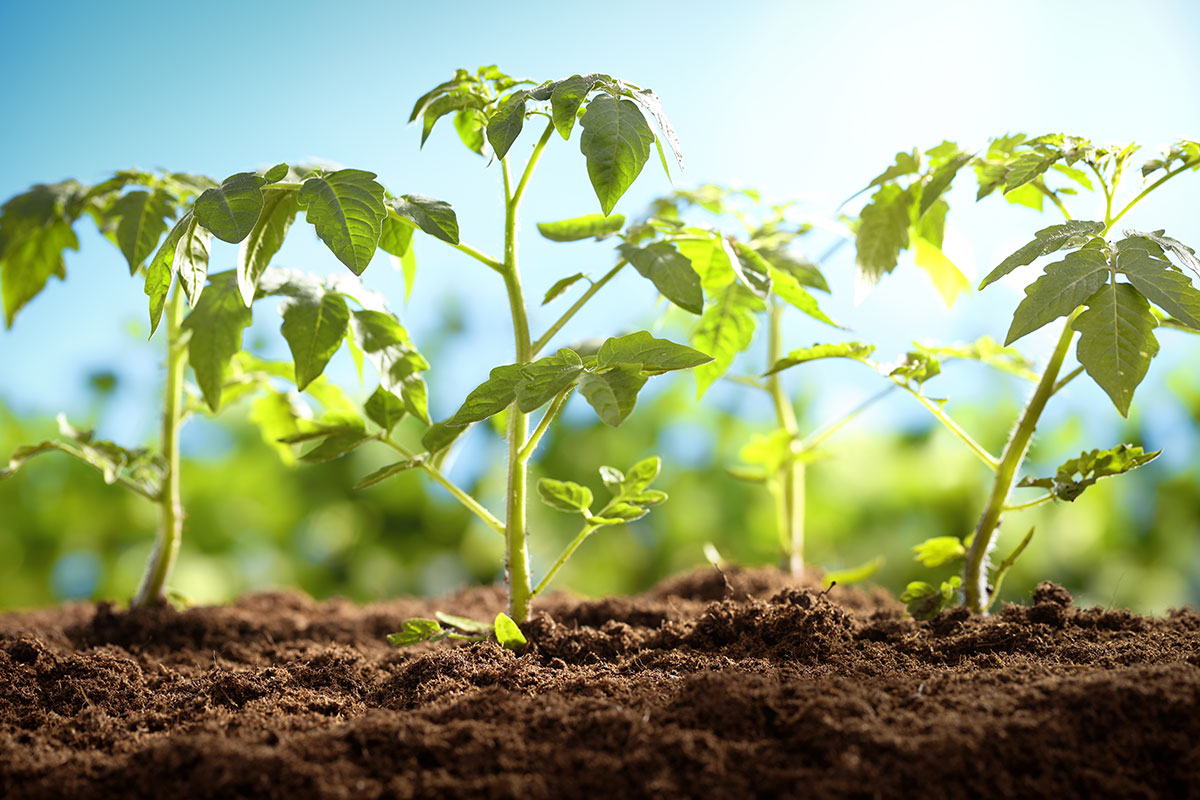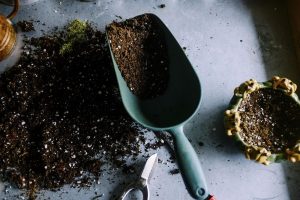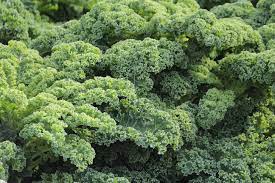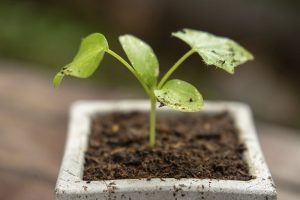Best Soil for Tomatoes: sun-kissed tomatoes, plump and bursting with flavor, owe their glory to the earth beneath them. Crafting the perfect soil bed is more than gardening wisdom; it’s an art for tomato enthusiasts. This guide unravels the secrets of best soil for tomatoes, exploring the nuanced world of soil components, amendments, and cultivation practices that transform a garden into a tomato haven.

Understanding the Needs of Tomato Plants
Before we dive into soil science, let’s get into the mindset of tomatoes. They’re not just plants; they’re discerning consumers with unique nutritional cravings. Let’s cater to their tastes:
Well-Drained Soil:
Tomatoes are drama queens about soggy feet. Optimal soil must play the role of a diligent bouncer, keeping excess water away and potential diseases at bay.
Nutrient-Rich Composition:
These tomatoes are VIPs. They demand a nutrient-rich banquet—nitrogen, phosphorus, and potassium are their favorite courses. A fertile soil mix ensures a lavish spread throughout the growing season.
Balanced pH Levels:
Tomatoes have a pH preference, leaning towards a slightly acidic to neutral stage (around 6.0 to 7.0). Think of it as curating the perfect ambiance for a tomato gala.
Ample Organic Matter:
Imagine organic matter as the grand buffet. It enhances structure, locks in moisture, and ensures essential nutrients are served on a silver platter to the tomato roots.
Components of the Best Soil for Tomatoes
Loamy Soil:
It’s like crafting the perfect canvas for a masterpiece. Loamy soil, a blend of sand, silt, and clay, provides a smooth texture, allowing tomato roots to groove through easily. Think of it as a dance floor with excellent drainage moves.
Compost:
Best Soil for Tomatoes, Compost is the life of the party, rich in organic matter, elevating soil fertility and structure. Incorporate it generously, creating a continuous feast for your tomato plants.
Peat Moss:
Peat moss is the cool breeze in a summer soirée. It aids in soil aeration and keeps the mood (pH levels) just right for the tomatoes.
Perlite or Vermiculite:
Think of these as the supportive friends in your gardening circle. They enhance soil aeration, prevent compaction, and make sure the soil is light and fluffy—a perfect setting for root development.
Well-Aged Manure:
Aged manure is the secret sauce. Whether it’s from cows, chickens, or other critters, make sure it’s well-composted to avoid any ammonia-induced dramas with your tomato stars.
![How To Replenish Soil After Tomatoes [Inc. Amending Soil Or What To Plant]](https://gardentabs.com/wp-content/uploads/2022/09/hand-of-person-holding-abundance-soil-for-agriculture.jpg)
Preparing Your Soil for Tomato Planting
Soil Testing:
Before you roll out the red carpet, let’s do a soil test. It’s like sending out invitations, ensuring that the pH and nutrient levels match the expectations of your tomato VIPs.
Clearing and Tilling:
Time for some garden feng shui. Clear out the clutter, till the soil, and create a welcoming stage for your tomato stars. It’s all about ambiance.
Incorporating Amendments:
Based on the soil test results, it’s time for targeted enhancements. Think of it as giving your soil a makeover. Adjust pH with lime, address nutrient gaps with specific fertilizers—it’s all part of the glam routine.
Adding Organic Matter:
Now, let’s infuse the soil with life. Mix in generous amounts of compost, creating an atmosphere where fertility, drainage, and structure harmonize like a well-orchestrated symphony.
Best Practices for Planting Tomatoes in Optimal Soil
Choosing the Right Tomato Varieties:
Tomatoes have their personalities. Some are compact, some are wild. Pick determinate varieties for a neat garden, and go for the indeterminate ones if you’re up for a lively tomato dance.
Planting Depth:
It’s like giving your tomatoes a VIP table. Plant them deep, burying a chunk of the stem. This encourages extra roots, providing stability and enhancing nutrient absorption—like a backstage pass to tomato success.
Spacing:
Social distancing in the garden? Absolutely. Give your tomatoes room to breathe. Proper spacing ensures good airflow, preventing any drama with diseases. Follow the recommended guidelines for a harmonious tomato community.
Mulching:
Mulch is the red carpet for your tomatoes. Lay it around the base, and it’s like giving them the royal treatment. Mulch retains moisture, suppresses unwanted guests (weeds), and keeps the soil temperature just right.

Caring for Tomatoes in Optimal Soil
Watering:
It’s a delicate balance—consistent moisture without drowning. Tomatoes don’t like surprises, especially when it comes to watering. Ensure the soil stays evenly moist but not waterlogged to avoid any backstage tantrums like blossom end rot.
Supporting Tomato Plants:
Think of stakes, cages, or trellises as the bodyguards of your tomato stars. Indeterminate varieties, especially, need sturdy support as they rise to fame. Proper support prevents sprawling—no one wants tomatoes on the ground.
Pruning:
Pruning is like giving your tomatoes a spa day. Regular trims manage their size, improve airflow, and direct energy towards fruitful endeavors. Remove suckers and lower foliage as needed, keeping it sleek and focused.
Fertilizing:
Tomato plants are like gourmet diners. Monitor their nutrient cravings throughout the growing season. Side-dress with additional fertilizer, especially during growth spurts—it’s like serving them a gourmet dessert.
Common Soil-Related Issues and Solutions
Blossom End Rot:
A tomato tragedy caused by calcium deficiency. Avoid it by ensuring consistent moisture, maintaining proper calcium levels, and not overloading with nitrogen. Your tomatoes deserve a smooth journey from start to finish.
Soil-Borne Diseases:
Think of crop rotation as changing the venue every season. It prevents soil-borne diseases from taking root. Keep it fresh, remove debris, and address any issues promptly—tomatoes don’t like drama in their green room.
Yellowing Leaves:
Yellow leaves are like warning signals. It might be nutrient deficiencies stealing the show. Adjust fertilization based on soil tests, observe plant reactions, and ensure your tomatoes are always in the spotlight.
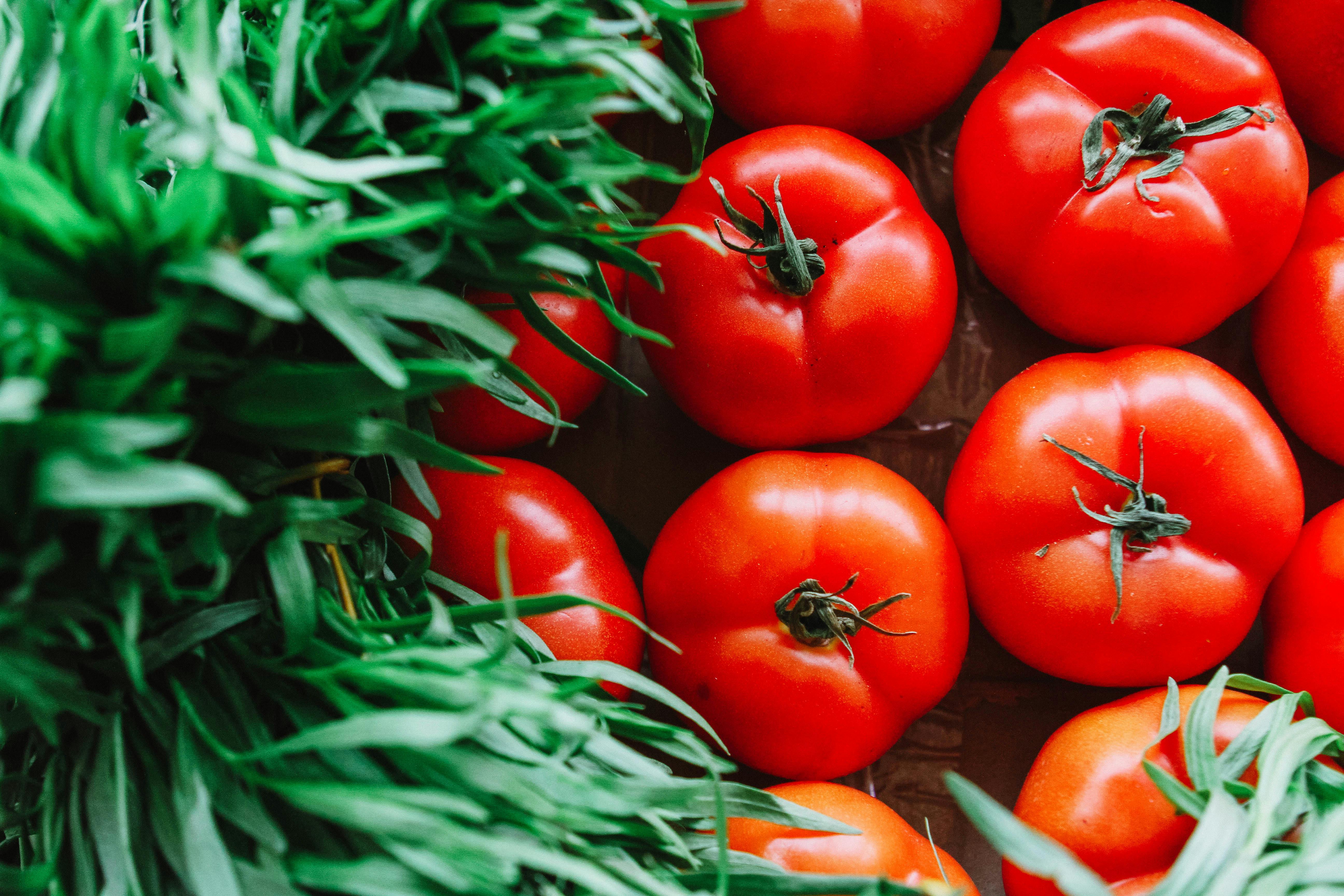
In the grand finale, cultivating the best soil for tomatoes isn’t just about gardening; it’s a prelude to a harvest symphony. Understanding your tomatoes, curating the perfect soil blend, and following the garden dance steps ensure a stage where vibrant, healthy tomato plants steal the show. May your gardening adventure be ripe with success, and may your tomatoes revel in the embrace of their ideal soil. Here’s to a season of happy gardening and

